Last year, my two brothers, my sister, and I traveled to Gettysburg, Harpers Ferry, Appomattox, and Manasses battlefields. We called it the First Annual Siblings Trip, not knowing at the time whether it would an annual event or not, but it sounded hopeful. As it turned out, we all enjoyed it so much that we decided to do it again. Last month, we had the Second Annual Siblings Trip which also turned out to be a great success.
We traveled by minivan from Dallas to the battlefields of the Civil War in northern Mississippi and western Tennessee. A lot of beautiful scenery zoomed by the window as my sister drove. We stopped for gas and that was about it, but it was a long drive and the days being shorter necessitated quick travel to avoid rush hours (which we didn’t) and darkness (which we did).
We stayed in a small town called Counce, Tennessee which has a gorgeous lake nearby. We got to our AirBnB near dark and found that most of the restaurants in the little hamlet were closing soon or not open. We happened onto one that didn’t close for another hour. When we walked in, the cook and two servers sat at the counter. They must have been talking about closing early because they didn’t look happy when we came in. Before we even had our food, two other parties came in and a third came in while we were eating. The minivan out front must have signaled they were open.
Our tours didn’t go in chronological order, but in “map” order. We started out at the Corinth Civil War Interpretive Center. What impressed me most were all the excerpts from diaries of people in the war or lived in the area, including the enslaved people. History is much clearer when you “hear” it from the people who lived it. I could have spent all day there, but my travel party had other plans. I didn’t mind. Corinth was full of historical buildings and sites from the siege that occurred in May 1862. The 1850s and 1860s architecture was mostly preserved.
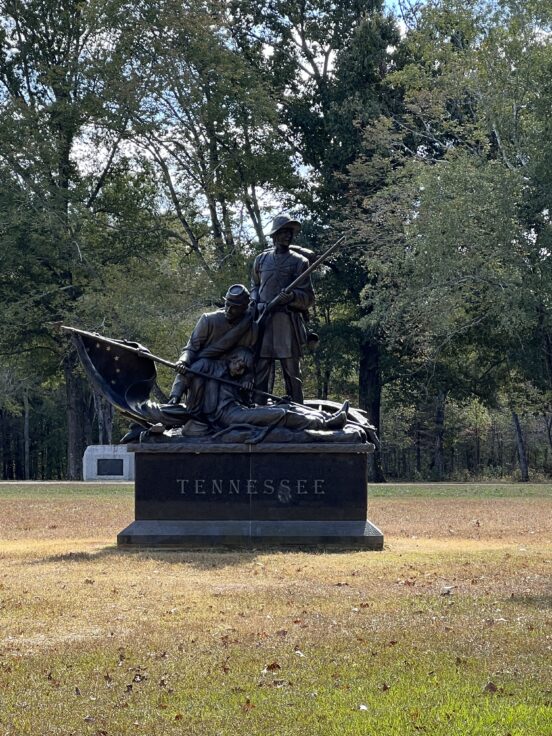
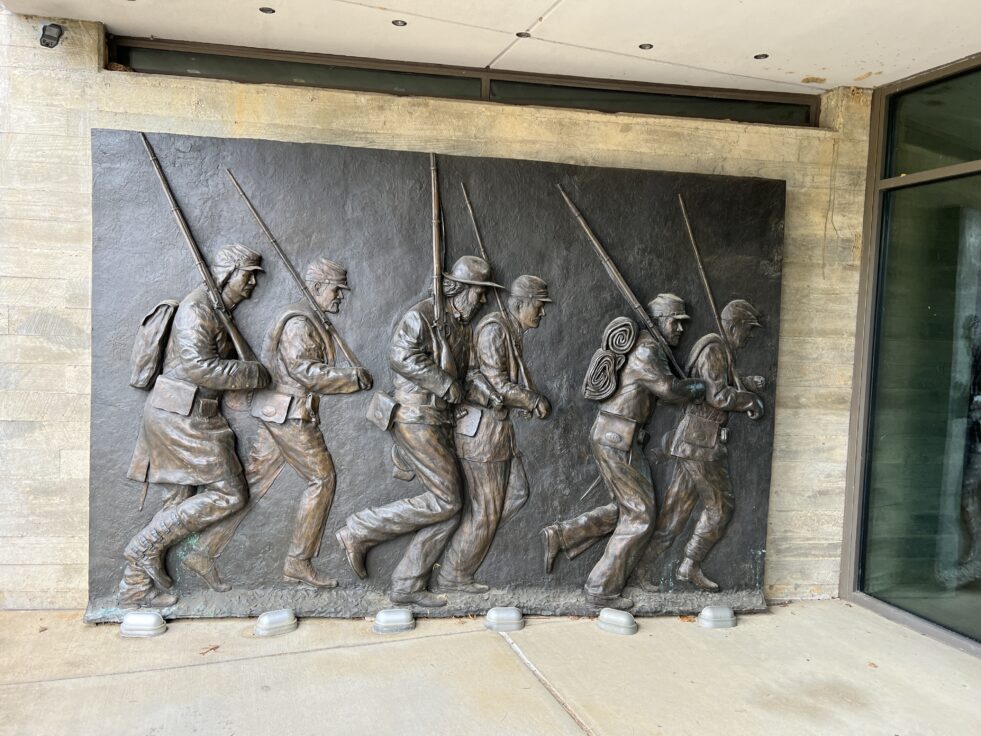
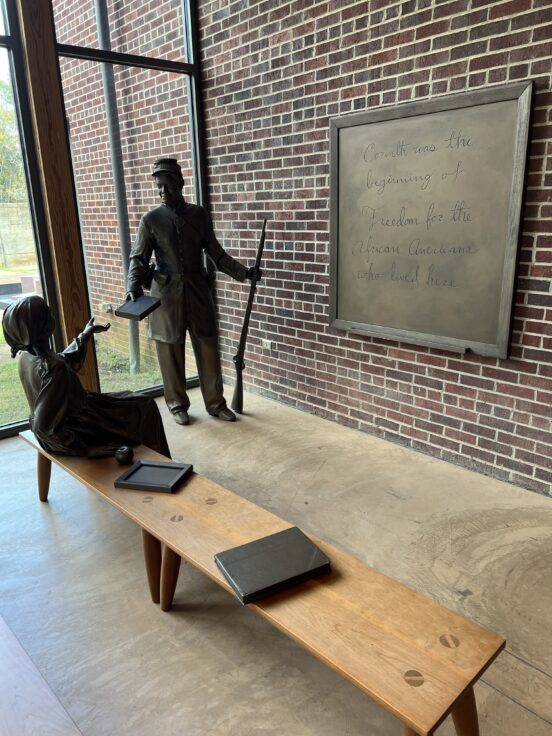
We toured the Shiloh National Military Park. I was excited to get here because of a childhood experience. When I was little, Mom and Dad had a New Christie Minstrels record I loved to play. On this album, they sang a haunting song about the Hills of Shiloh. I’ve never forgotten it and felt sort of drawn to go see this place. The battle (April 6-7, 1862) was another turning point in the Civil War. The Union side gained control of the supply railroad lines that went from the Mississippi River to the eastern seaboard of the South and cut the Confederacy in half. A lot of people died there; a very ornate gate led to the quiet national cemetery on the grounds. One of the first graves I saw was for a drummer boy. One grave had a plaque on it that said a Revolutionary soldier was buried there. As with all the battlefield cemeteries, there were rows of markers with no names. So many unknown.



We traveled to Franklin, Tennessee to see the battle sites there. The horrible clash occurred in December 1864, after the fall of Atlanta, Georgia. Thousands of casualties resulted from the day-long artillery fire and gunfire and hand-to-hand combat after the sun went down. We visited the Carter House that the Union general used as his headquarters. He told the family the Confederate army was leaving so there was no threat to them, but he was horribly wrong. Sixteen Carter family members, several neighbors, and two enslaved people hid in the basement while the battle raged outside. The outbuildings were left as they were after the battle, shot full of holes. Down the road, the Carnton house was used as a hospital. We toured both of these enslaved-built houses, but the starkest was the Carnton house. The wood floors were still stained with blood stains from it being used as a hospital. Between those and the bullet holes, history became very real.
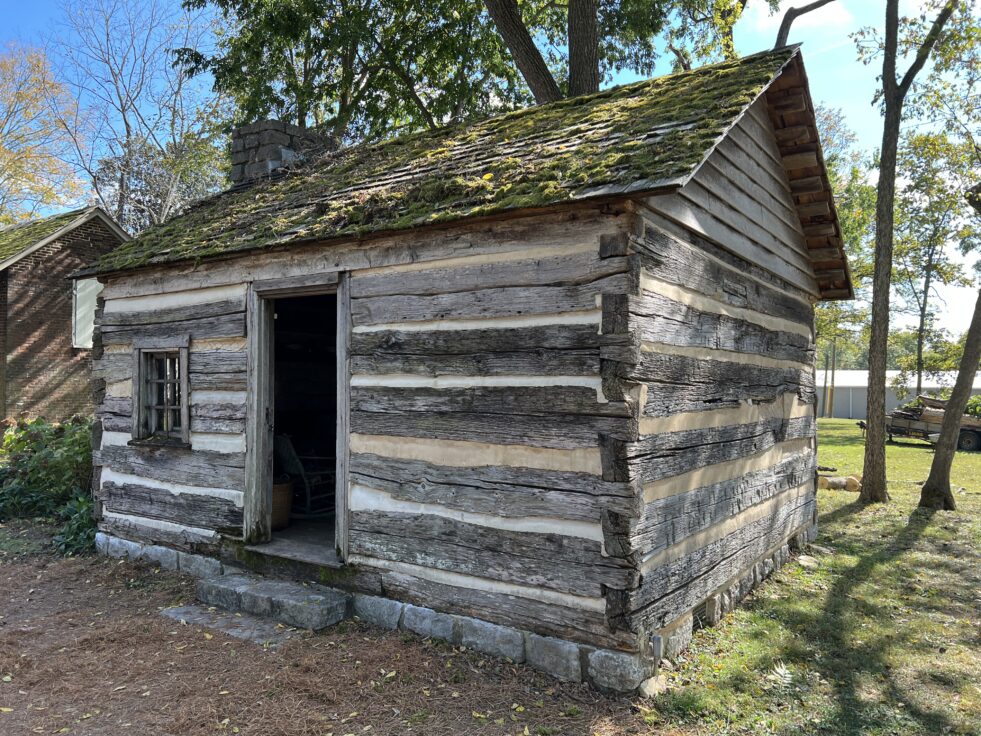
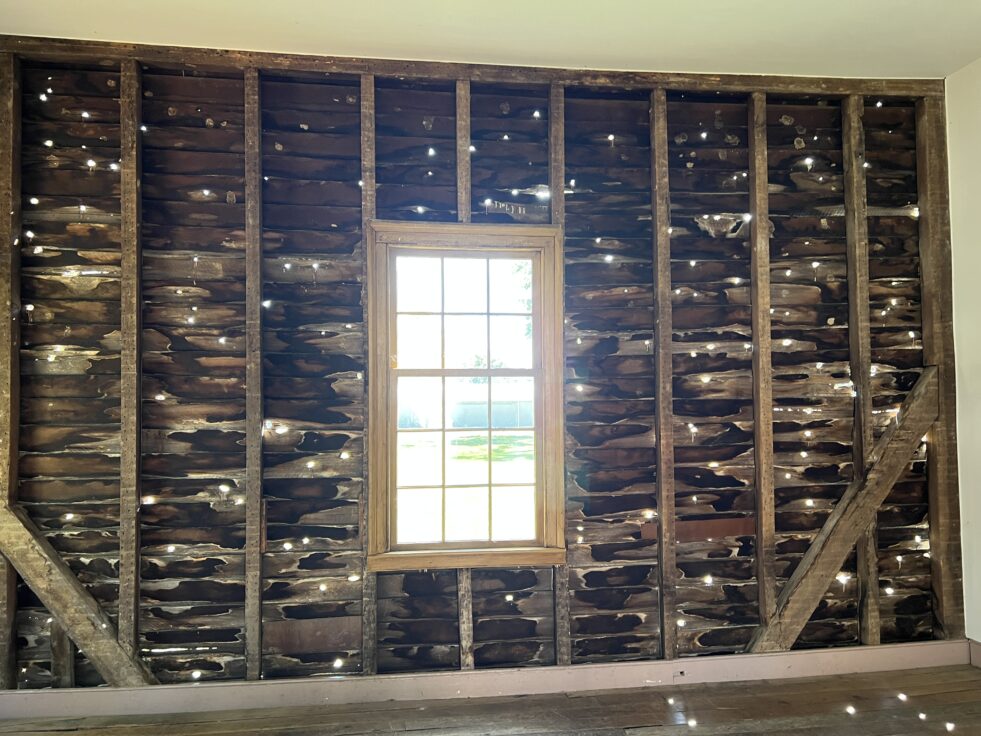
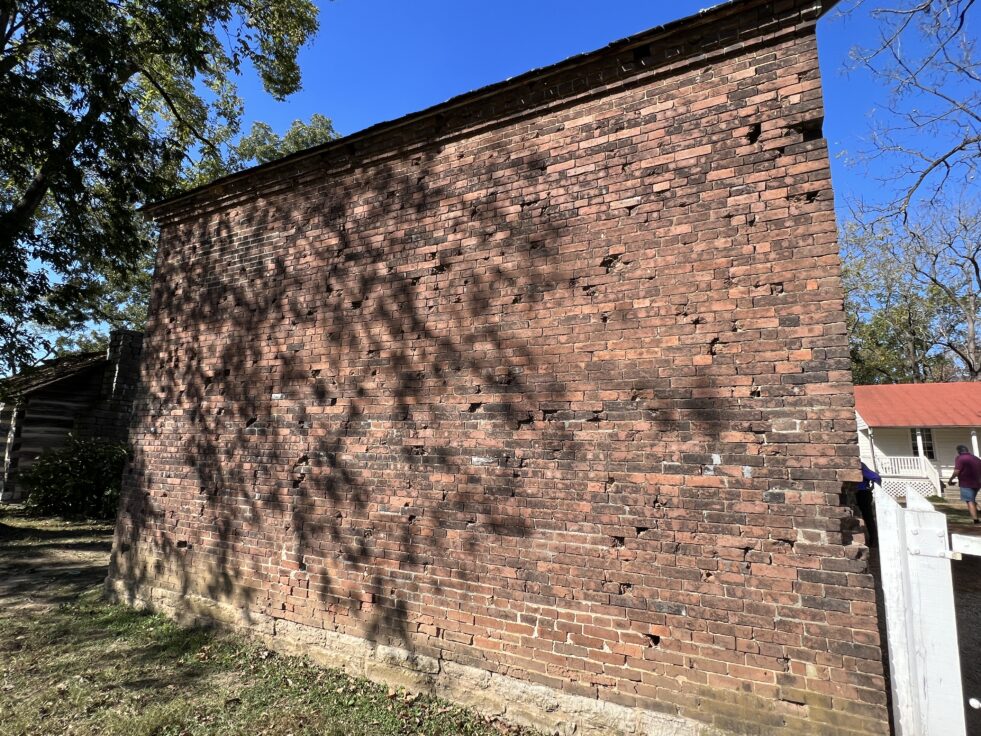
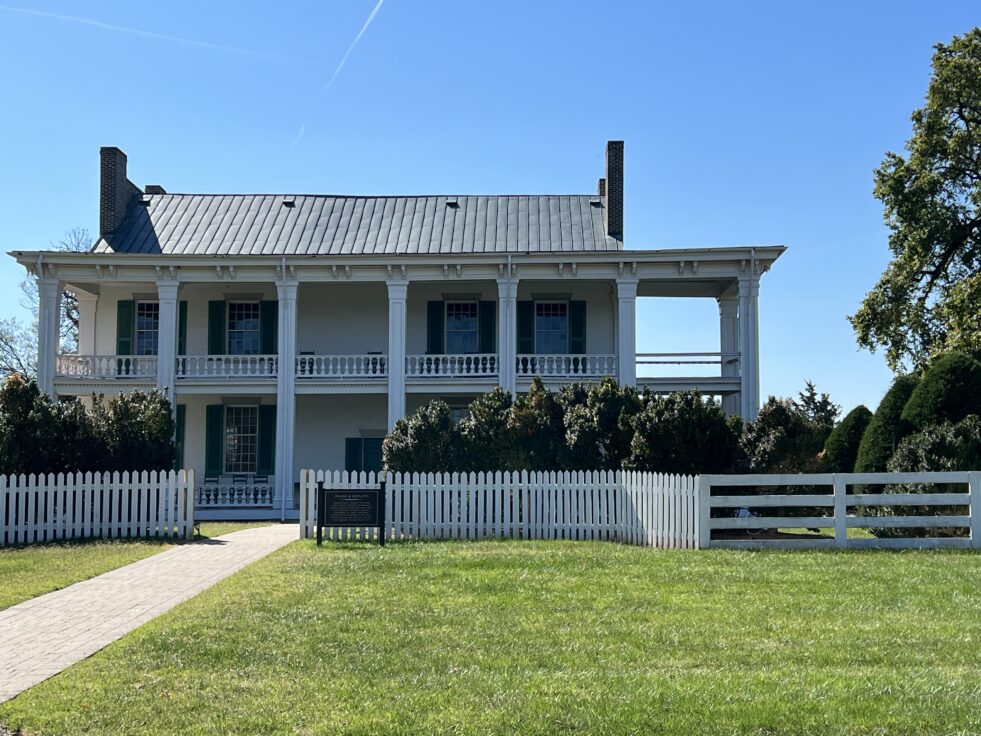

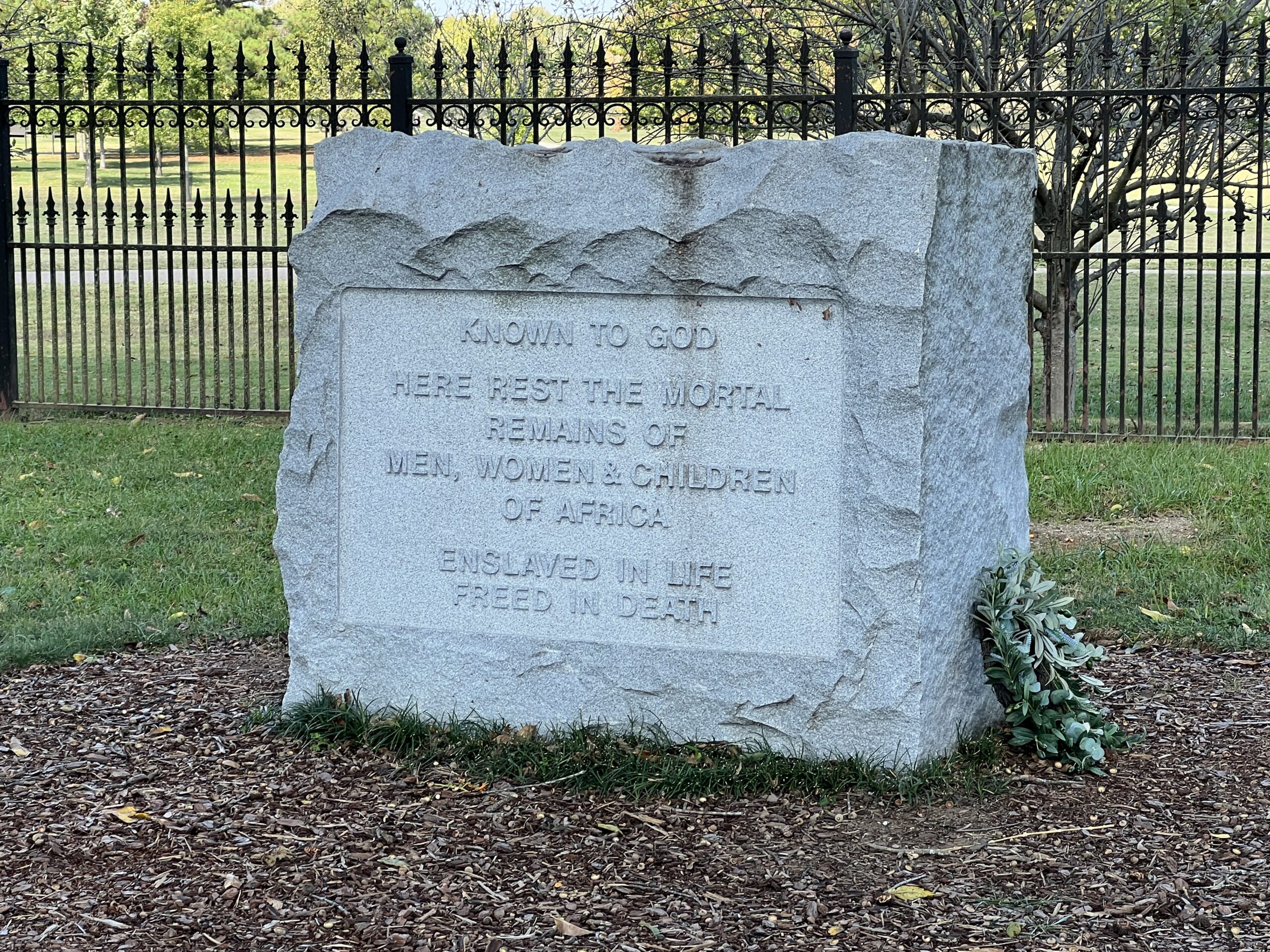
We went to Fort Donelson which was on the Cumberland River near the Kentucky state line. The December 1862 was the first major battle won by the Union forces and started General U.S. Grant on the road to his eventual command of all Union forces. The battle involved Union ironclad gunboats on the river and canons at the fort. On the first day, the Confederates wiped out a couple of the gunboats and damaged the others so badly they retreated. While the armies were fighting that battle, Union troops marched in and surrounded the fort. One Confederate general suddenly remembered some pressing business in Nashville and left the fort in charge of someone else. Confusion and miscommunications doomed the Confederate forces who asked for terms of surrender. Some captivating personalities were involved: former West Point friends that were then enemies, the general’s “desertion” of his post, and the unconditional surrender option Grant offered. It’s worth your time to read about it.
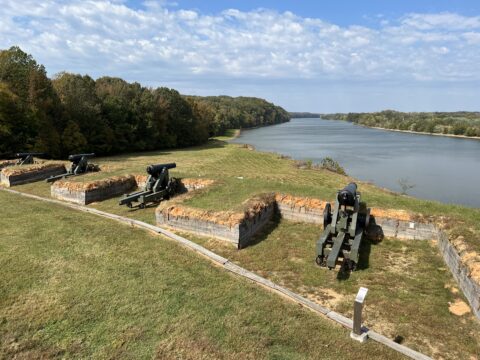
We ended our trip with a drive to Rock Island, Tennessee where our ancestors are buried. We spent about half an hour there, contemplating how they were there and how we got to where we are now. The drive home was uneventful, mostly because we were tired. Some of us are getting old and not as energetic as we used to be.
The Civil War became very real for me on this trip. It wasn’t something abstract or invented by a writer or group. It really happened. The trip was a sobering reminder of how brutal and ugly war is. The Confederacy thought the war would end in a couple of weeks. How wrong they were. For four years, people bled and died, farms and livestock were destroyed, towns were decimated, people scarred, and things were never the same. As one of our tour guides put it, seven-hundred thousand died so four million could be free. It’s sad it had to come to armed conflict, but I’m glad for how it turned out. I hope and pray it’s a situation never repeated.
Depart from evil and do good; seek peace and pursue it. Psalms 34:14
